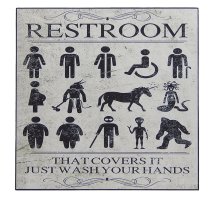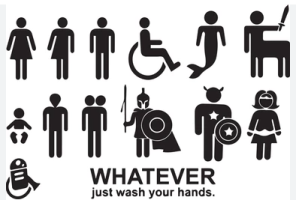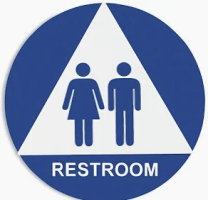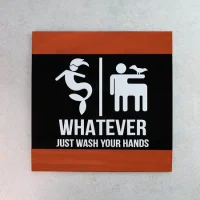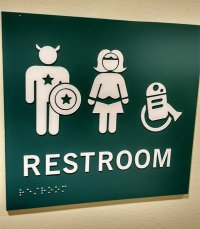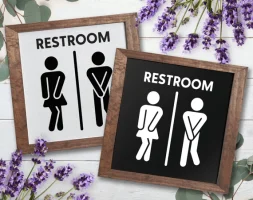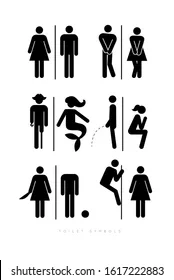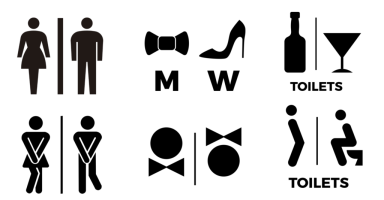Dinheru
REGISTERED
There have been some topics about this item, just not the situation I ran into.
(feel free to move to ADA code section if needed, but this is regarding non-ADA restroom
2018 code, but there are chapters in 2021,2024, IPC that are pretty much the same
Small assembly renovation in existing building. Occupancy under 50.
Based on 2902.2.1 I'm proposing 2 family/unisex restrooms instead of a 1 male/1 female RR . Inserting 50% 1109.2 exc 3 I'm proposing 1 ADA and 1 non-ADA based on the 50% rule
Restrooms are clustered.
I'm citing https://www.access-board.gov/ada/gu...lustered Single User Toilet Rooms,. 3, §216.8
1109.2 Exception 3:
Where multiple single-user toilet rooms or bathing rooms are clustered at a single location at least 50% but not less than one room for each use at each cluster shall be accessible
Commentary code states that these provisions are allowed
Local code officials claim that non-ADA restrooms are never allowed, the exception from 1109 only applies to doctors offices.
Ever ran into this? Am I interpreting the code wrong?
(feel free to move to ADA code section if needed, but this is regarding non-ADA restroom
2018 code, but there are chapters in 2021,2024, IPC that are pretty much the same
Small assembly renovation in existing building. Occupancy under 50.
Based on 2902.2.1 I'm proposing 2 family/unisex restrooms instead of a 1 male/1 female RR . Inserting 50% 1109.2 exc 3 I'm proposing 1 ADA and 1 non-ADA based on the 50% rule
Restrooms are clustered.
I'm citing https://www.access-board.gov/ada/gu...lustered Single User Toilet Rooms,. 3, §216.8
1109.2 Exception 3:
Where multiple single-user toilet rooms or bathing rooms are clustered at a single location at least 50% but not less than one room for each use at each cluster shall be accessible
Commentary code states that these provisions are allowed
Local code officials claim that non-ADA restrooms are never allowed, the exception from 1109 only applies to doctors offices.
Ever ran into this? Am I interpreting the code wrong?

